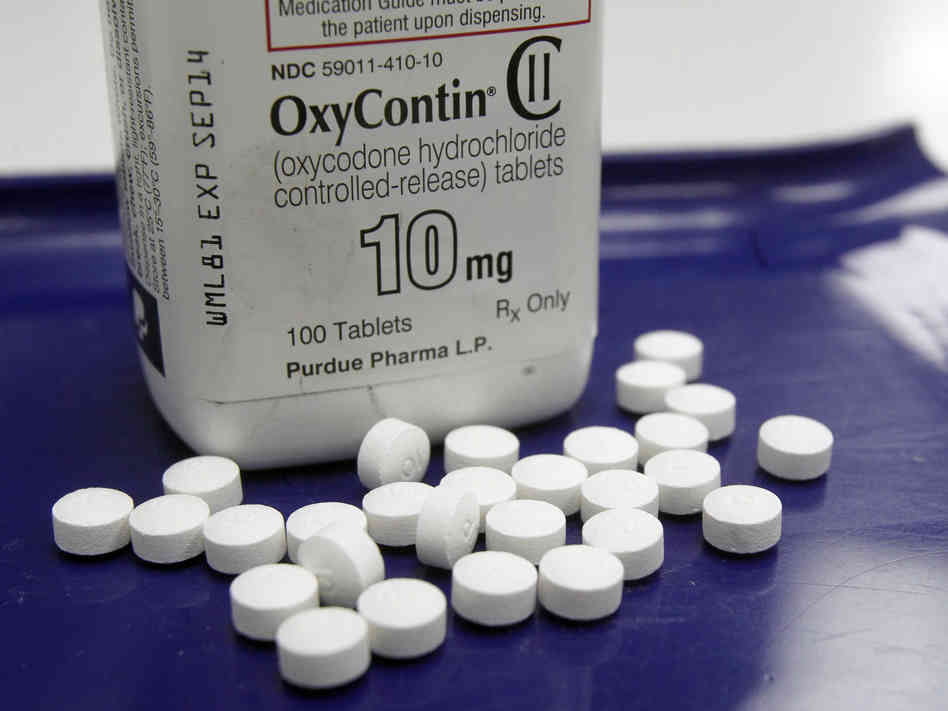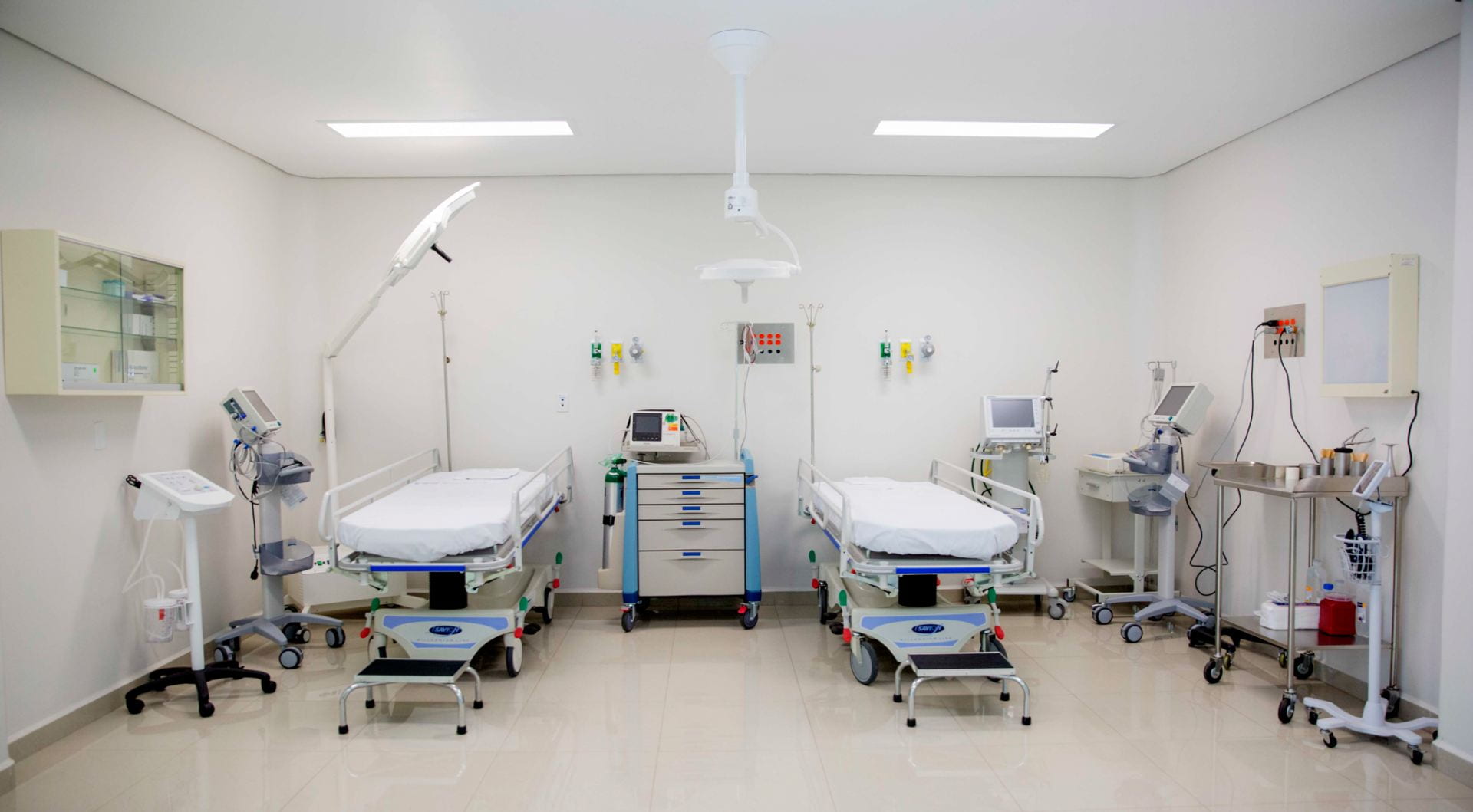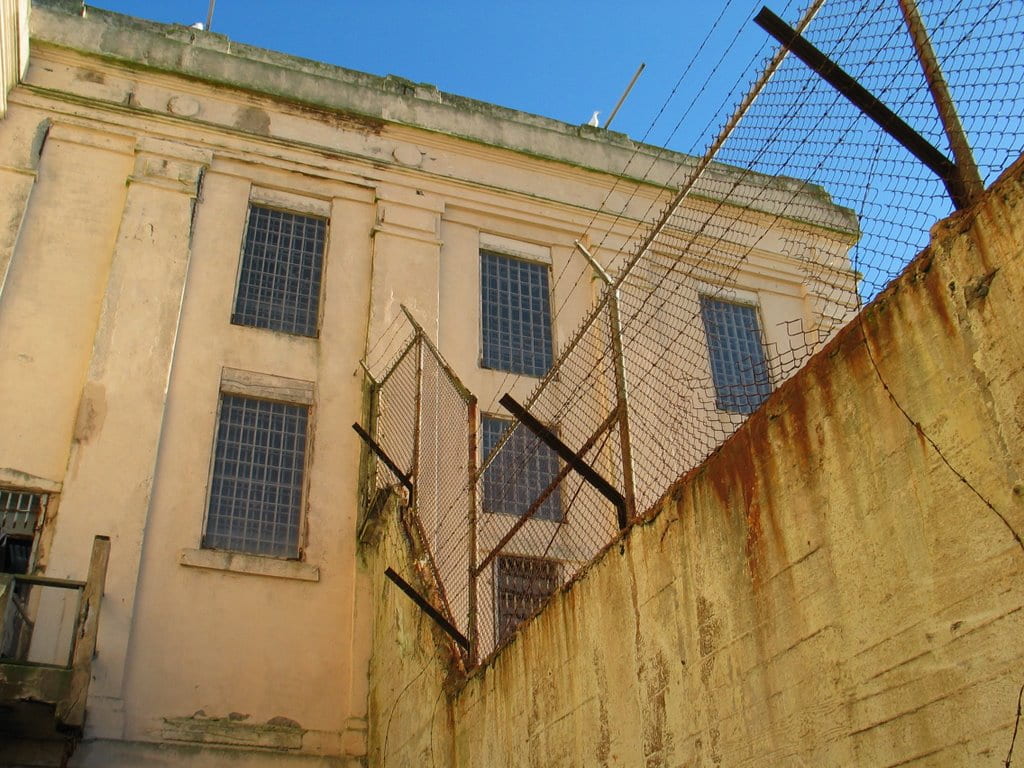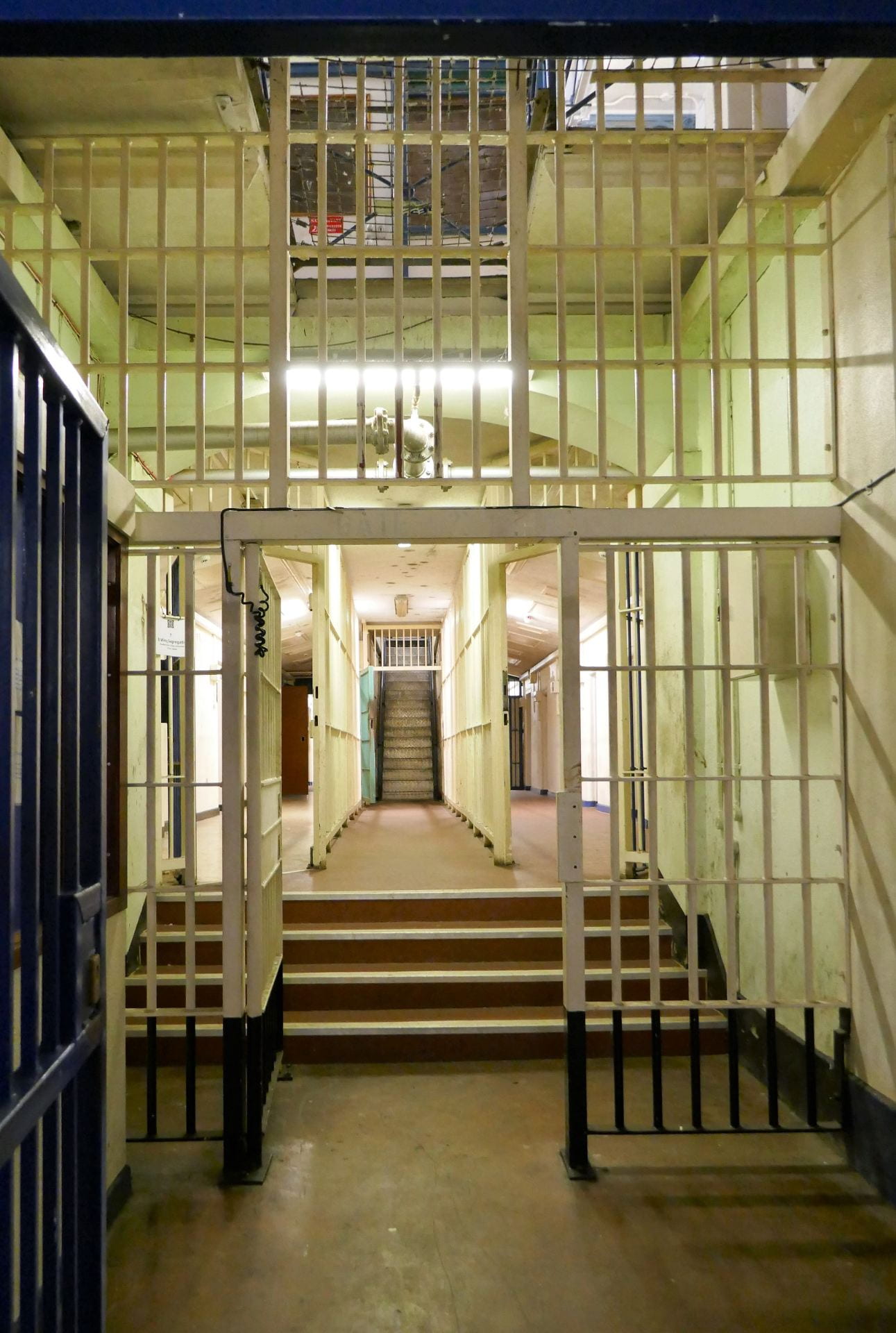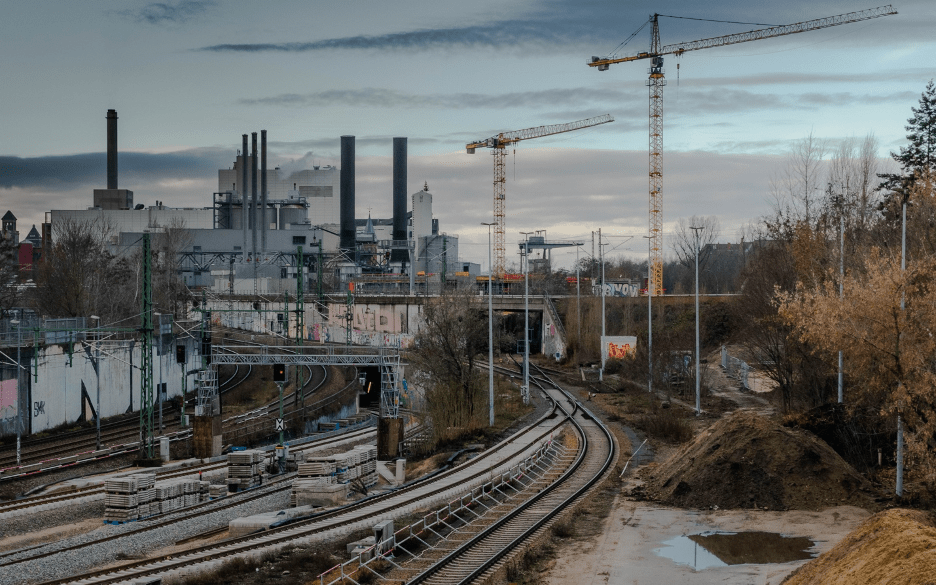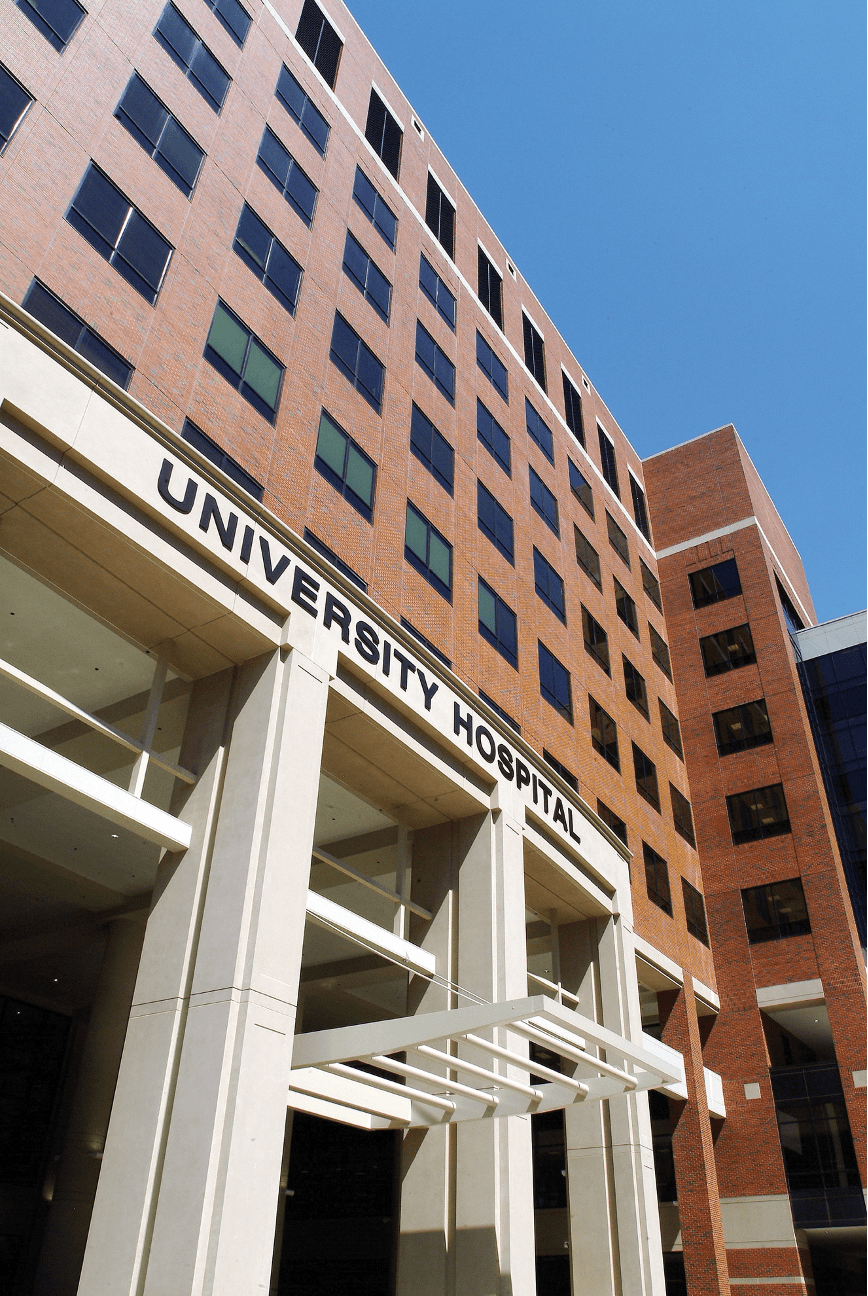By Abigail Shumate
Content warning: This blog contains references to violence and murder.
Introduction
The femicide crisis in Mexico can be best exemplified in the quote, “What is happening in Mexico is a gigantic tragedy, a humanitarian catastrophe”—a statement made by Lucy Diaz Genao, a representative of Colectivo Solecitos (Sunshine Collective). Colectivo Solecitos is a group of women searching for their disappeared relatives, known as madre buscadoras.
Genao is not overstating her concern for the issues in Mexico, as every year more and more people, mostly women and children, are reported missing with little to no action done by government officials to find them. Every day, approximately ten women are murdered, resulting in a staggering 3,754 deaths in 2022. These deaths are rarely investigated as femicide, with less than a third of them given the proper acknowledgment that they deserve. Not only are they not presented as femicide, but they are also often presented as accidental, with manslaughter being the most frequent classification. It is possible that this misrepresentation is done so that the Mexican government can downplay the severity of femicide within the country. There are countless factors perpetuating the violence against women in Mexico, with some of the major reasons being cultural machismo, domestic violence issues, and a flawed justice system.
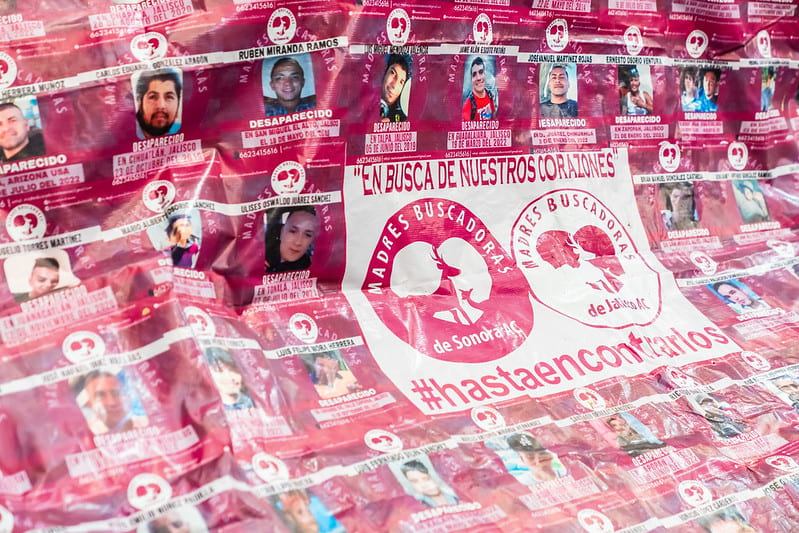
A Flawed Justice System
The flaws in the justice system are numerous, with some major problems being insecure crime scenes and the removal of objects that could be evidence in cases. One specific occasion of this is with Diana Velázquez. Velázques was killed after numerous brutalities were committed against her—both physical and sexual—and then her body was abandoned by a warehouse. The investigation was quickly mishandled when Veláquez’s body was misidentified as a man. This is obviously problematic in many ways, one of which is that Veláquez’s family could not find her for some time. When she was finally found, she was heavily decomposing on the patio of a morgue. While these factors are more than enough to emphasize the missteps within the justice system, the mismanagement of the case does not end there. Authorities lost Veláquez’s clothing, which was vital in collecting DNA and identifying her killer. Her family got minimal closure, and because of the flaws in the investigation, only one suspect was apprehended and convicted.
This is one case out of thousands as the violence against women comes in shocking waves. The crimes are handled so poorly that it incentivizes individuals to continue committing acts of violence. It is vital for the Mexican government to take a firm stance against femicide and provide more cohesive measures to prevent and punish the murders.
Gender-based violence is not new in concept; however, femicide is new in terms of legal codes in Mexico, and it was first made a distinct crime category in 2012. This demonstrates progress, but the negative implications of it being so recent are numerous. For one, there is little uniformity in this classification, so many femicides may go undocumented as such. The incorrect documentation of the crime underemphasizes the problem, and it encourages those in law enforcement to put less focus on the roots of the problem, like machismo culture and domestic violence.
Machismo Culture and Domestic Violence
Mexico’s machismo culture is another large factor attributing to the abundance of femicides in the country. Machismo is “the set of ideals and beliefs that support the notion that men are superior to women. Men…must protect the vulnerable, usually by exercising control over women.”. This forces women into a more subordinate role and allows men to enforce their dominance. Gender discrimination leads directly to gender violence, and gender violence rooted in patriarchy has been increasing steadily every year.
A national survey disclosed that 70.1% of women in Mexico have experienced violence, and 39.9% of that violence came directly from a partner. Intimate partner violence is prevalent in Mexico, and it is on the rise.
Women are stuck living in fear, as their perpetrators are often given minimal sentencing if prosecuted at all. Domestic violence perpetrators are given much lower sentencing than those who commit murder or femicide, so women are often left to face their abuser after the sentencing.
These gender biases amongst judges and prosecutors also lead to victims gaining little to no protection. Described as “institutional neglect” by journalist Gloria Piña, Piña laments, “There are no legal consequences for killing women, [and] the State will do nothing to financially take care of victims.” This state-based discrimination dissuades victims from coming forward, as it will often just result in angering their significant other. Exorbitant fines prevent women from speaking up, so why waste money on a legal process that will result in no justice?
Unique Violence of Femicide
Femicide needs a significant increase in attention from law enforcement and government officials; however, it is not overlooked by the general public. There are major demonstrations throughout the country, happening at least once a week. There are also annual marches honoring International Women’s Day in March. Women have been participating in strikes to fight against gender-based violence in Mexico, but we need the government to intervene.
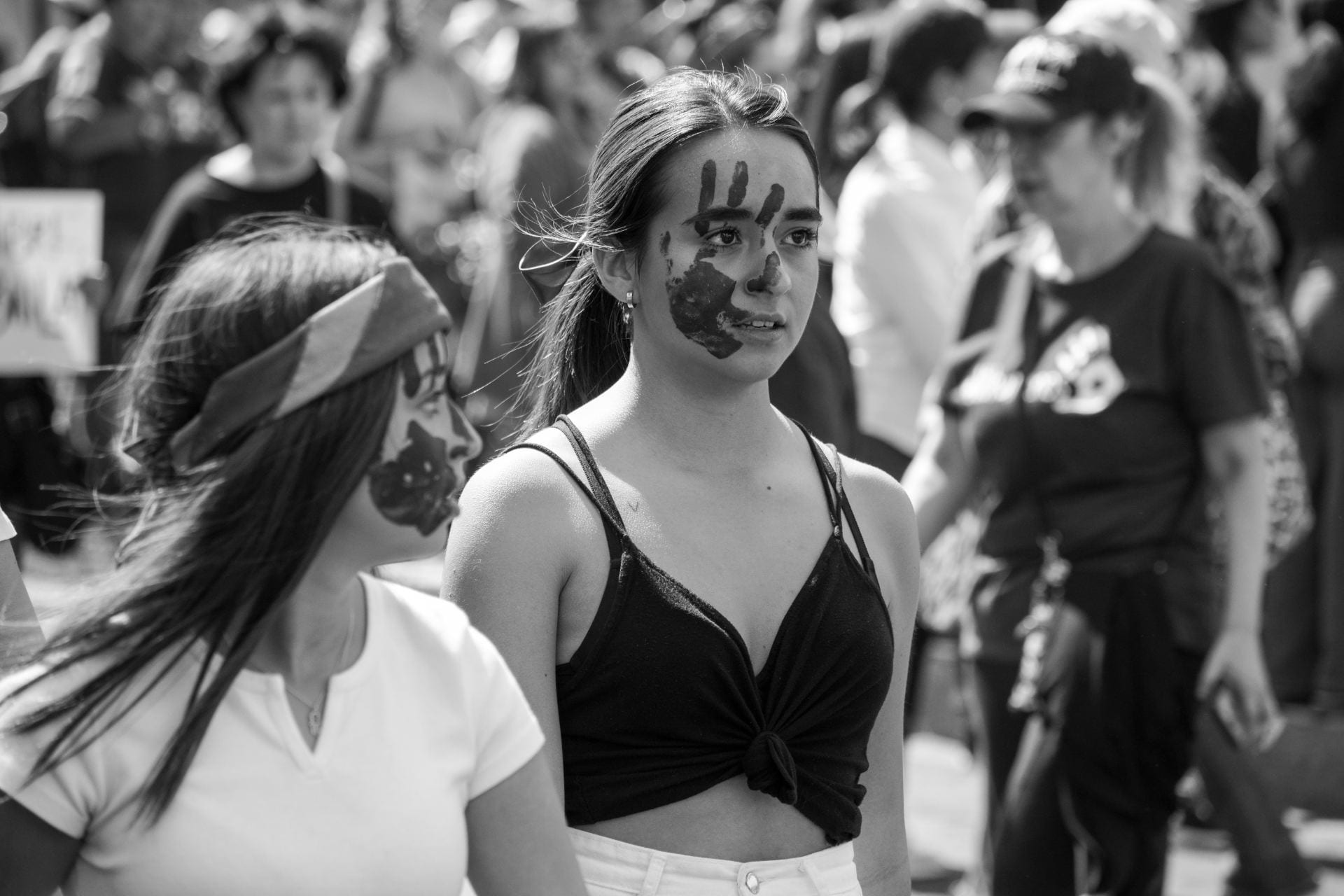
The homicide rate in Mexico is high, but femicides are uniquely violent. Most killings in Mexico are done with a firearm, but only 21% of femicides are committed with a gun. Most are done by strangulation, suffocation, drowning, knives, and other brutal acts. This emphasizes the personal nature of femicide, and it illustrates how men are able to commit these crimes in more intimate ways, as many of them live with the woman they end up murdering.
Conclusions
The brutality of femicide brings all the elements discussed in this post together—it begins with the machismo culture of Mexico. This allows men to feel superior to women, which leads to physical violence against them. This physical violence is forceful and personal, and they are allowed to get away with these actions because of the flawed legal system in Mexico.
Protection for women and children is the first step. If women are guaranteed safety or even provided more security than they are now, the magnitude of gender-based violence will be better able to be understood as more women come forward. A more cohesive jurisdiction will help women not only feel safer but get the closure that they need and deserve. It is time to place emphasis on women’s rights in Mexico, and it is time to bring an end to the brutal killings of women.
